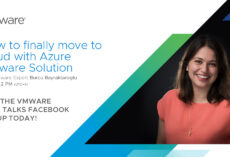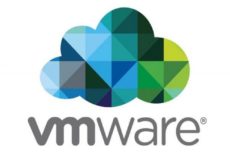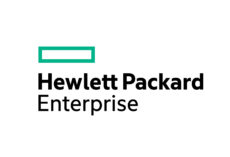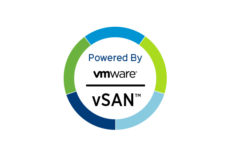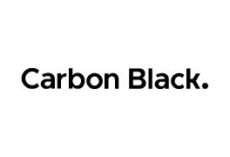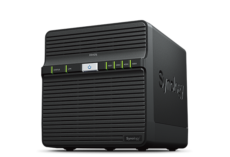
What’s New
The VMware Cloud Foundation 4.0 release includes the following:
- Kubernetes – Workload Management: With Kubernetes – Workload Management, you can deploy and operate the compute, networking, and storage infrastructure required by vSphere with Kubernetes. vSphere with Kubernetes transforms vSphere to a platform for running Kubernetes workloads natively on the hypervisor layer. When enabled on a vSphere cluster, vSphere with Kubernetes provides the capability to run Kubernetes workloads directly on ESXi hosts and to create upstream Kubernetes clusters within dedicated resource pools.
- NSX-T Data Center everywhere: The management domain and VI workload domains now use NSX-T Data Center exclusively. This consolidated NSX-T architecture improves operational efficiency and brings Cloud Native App support to Cloud Foundation deployments.
- vRealize Suite 8.1 support: Cloud Foundation automates the deployment of vRealize Suite Lifecycle Manager 8.1. Follow the VMware Validated Design guidance to use vRealize Suite Lifecycle Manager to deploy vRealize Automation 8.1, vRealize Operations Manager 8.1, and vRealize Log Insight 8.1.
- Firmware lifecycle management with vSphere Lifecycle Manager (vLCM): Cloud Foundation allows users to create vSphere Lifecycle Manager (vLCM) enabled workload domains. On these workload domains, users can deploy and upgrade firmware on individual vSphere clusters. Cloud Foundation streamlines the applicability of these firmware upgrades through its ESXi bundles and performs pre-checks and validations before they are applied.
- NSX-T Data Center flexible deployment options: Cloud Foundation now provides additional flexibility in NSX-T deployment. The management domain now includes a dedicated NSX-T Manager cluster. VI workload domains can get a dedicated NSX-T Manager cluster, or share an existing NSX-T Manager cluster. When you create a VI workload domain, you can choose to either deploy a new NSX-T Manager cluster for the workload domain, or to share an existing NSX-T Manager cluster that was previously created for another VI workload domain.
- Automate NSX-T tasks beyond initial deployment: You can now use SDDC Manager to create an NSX Edge cluster to support the management domain and VI workload domains. This automation replaces the manual deployment of Edge clusters that was required in previous versions of Cloud Foundation.
- NSX-T stretched cluster support: Cloud Foundation provides a new API to perform automation of stretch cluster operations for the management and VI workload domains.
- RBAC improvements: This release introduces a new user role, called the OPERATOR role, in addition to the existing ADMIN role. The OPERATOR role can be assigned to users and groups and provides access to all SDDC Manager functionality except user management, password management, and backup configuration settings. Usage of these two roles eliminates the need for using the dual authentication mechanism to control access to administrator tasks.
- BOM Updates for the 4.0 Release: Updated Bill of Materials with new product versions.
- VMware Validated Design (VVD) 6.0 alignment: This release aligns with the VVD 6.0 release. The VMware Cloud Foundation Documentation includes links to a shared Planning and Preparation Workbook, as well as Solution Architecture and Design Guides and Solution Deployment Guides. The solution guides expand on Cloud Foundation capabilities and include guidance on deploying vRealize Suite 8.1 components, integrating Active Directory, and using Workspace ONE Access for Role Based Access Control (RBAC) with NSX-T Data Center.
Cloud Foundation Bill of Materials
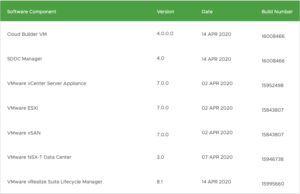
To access the Cloud Foundation documentation, go to the VMware Cloud Foundation product documentation.
